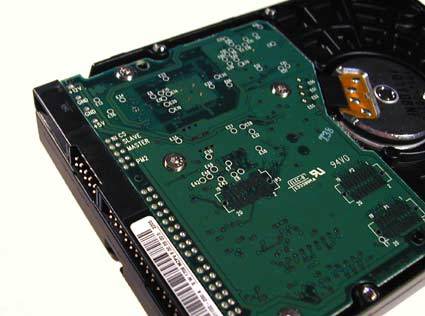Four Ways To Configuring IDE Drive
Configuring IDE drive usually poses a major challenge to many computer users because it can boost the performance of the system or affect it considerably. As such, the procedures used to configure IDE drives can actually bring some risks to your system regardless of whether you do it correctly or incorrectly, thus you need to be cautious when configuring.
There are four main ways that you can explore when configuring IDE drive and this article will discuss them in detail to enlighten you so that next time you are doing it to your system you can remember to consider them.
To begin with, you have to install the drive in your system and the process you follow will largely depend on the drive itself and the current configurations of your system. Turn off the system and then disconnect all the cords before opening the case.
Remember to follow all the installation instructions provided to avoid skipping some steps which will be costly. Once it is successfully installed then you can think of configuring your IDE drive.

This will involve creation of partitions and formatting each and every partition with a file system that is well compatible with the system and easily readable for writing to the drive. The manner in which you will configure IDE drive that you have will be determined by the operating system itself therefore be aware of the right type that you are using.
For windows 9x, FDISK is used to configure drives since it's a MS-DOS based program which facilitates for the configuration of all the aspects that are related to the drive. When this program runs, enable the large disk support so that you are in a position of creating partitions that are over 512MB and if it's a new drive you will have to partition it first as you cannot proceed to the next step without finishing with that first.
You can as well configure IDE drive with windows 2000 which has two main methods of accomplishing that. You can either partition or format the drive depending on your personal preference where you will have to use the disk management tool to view, erase or format the drive.
There are systems that even allow you to use up to four IDE drives which is more suitable when looking forward to configure IDE drive but whichever you use for your IDE drive configuration process it will be successful under any of these ways.
See Also...




